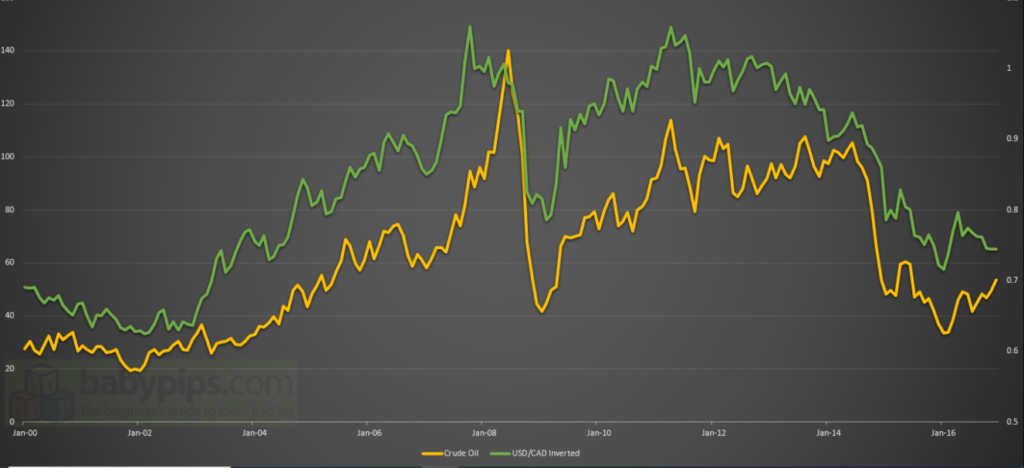Last week was pivotal for financial markets when investors finally took stock of the higher-for-longer narrative coming from the major central banks and weighed on risk sentiment.
The S&P 500 had its second straight decline, and the end of earnings season means that we can confirm 2022 delivered subpar earnings in Q4. The number of positive earnings surprises combined with the magnitude of those surprises were below five and 10-year averages. Along with Fed minutes, a Chinese rate decision and the first reading of February PMIs could keep investors busy.
Looking at the Q4 earnings season first, all eyes are on forward guidance and what analysts think will happen in the future. According to FactSet, analysts expect a 5.4% and 3.4% earnings decline in Q1 and Q2 this year for the S&P 500 before earnings start to pick up again in the year’s second half.
For 2023, earnings growth is expected to be 2.3%. This is unimpressive compared to the risk-free yield on offer from buying Treasuries. The yield on the 2-year is currently 4.63%, which is one of the highest levels since 2007.
The low-yield era is behind us, and this is problematic for stocks. Thus, here at Minerva, we argue that the stock market sell-off is not only about the Fed failing to pivot but also because of expectations of an earnings recession.
Add in concerns that stocks remain too over-valued, and we could be set up for another poor week on the stock market. Right now, the 12-month forward P/E ratio for the S&P 500 is 18, which is below the 5-year average of 18.5, but above the 10-year average of 17.2, according to FactSet. It is also above the 12-month forward P/E ratio recorded at the end of December 2022, which stood at 16.1.
Suppose stocks are deemed expensive and negative future earnings growth is also expected. In that case, this is a toxic mix for stock markets, and this is the biggest reason we think stock markets will likely struggle again this week, regardless of the backwards-looking Fed minutes.
There has been an enormous re-pricing in the Fed Funds Futures market recently. Less than a month ago, the market expected rates to peak below 5% and for a series of cuts to take place before the end of the year to approximately 80 basis points.
US rates are expected to peak at 5.25-5.5% by July 2023, and the bulk of the market believes that rates will now only be cut once by year-end to 5-5.25%. A month ago, rates were expected to be reduced to 4.25-4.5% by year-end, according to the CME’s Fedwatch tool.
This is a massive re-pricing and one that is helping to fuel dollar strength. After a weak start to the year, the dollar index is back with aplomb. EUR/USD is trading below $1.07. It attempted to breach $1.10 at the start of this month.
Meanwhile, GBP/USD is also trending lower and is just hanging on to the $1.20 handle at the opening of a new week. This is mostly down to interest rate differentials, with expectations growing that the BOE will cut rates before the Federal Reserve after BOE Chief Economist Huw Pill suggested that if the UK economy continues to weaken, then rate cuts could be on the cards.
There has been an enormous re-pricing in the Fed Funds Futures market recently. Less than a month ago, the market expected rates to peak below 5% and for a series of cuts to occur before the end of the year to approximately 80 basis points. US rates are expected to peak at 5.25-5.5% by July 2023, and the bulk of the market believes that rates will now only be cut once by year-end to 5-5.25%.
A month ago, rates were expected to be reduced to 4.25-4.5% by year-end, according to the CME’s Fedwatch tool. This is a massive re-pricing and one that is helping to fuel dollar strength. After a weak start to the year, the dollar index is back with aplomb. EUR/USD is trading below $1.07. It attempted to breach $1.10 at the start of this month. Meanwhile, GBP/USD is also trending lower and is just hanging on to the $1.20 handle at the opening of a new week. This is mostly down to interest rate differentials, with expectations growing that the BOE will cut rates before the Federal Reserve after BOE Chief Economist Huw Pill suggested that if the UK economy continues to weaken, then rate cuts could be on the cards


This Post Has One Comment
I don’t think the title of your article matches the content lol. Just kidding, mainly because I had some doubts after reading the article. https://www.binance.info/ru/join?ref=V2H9AFPY